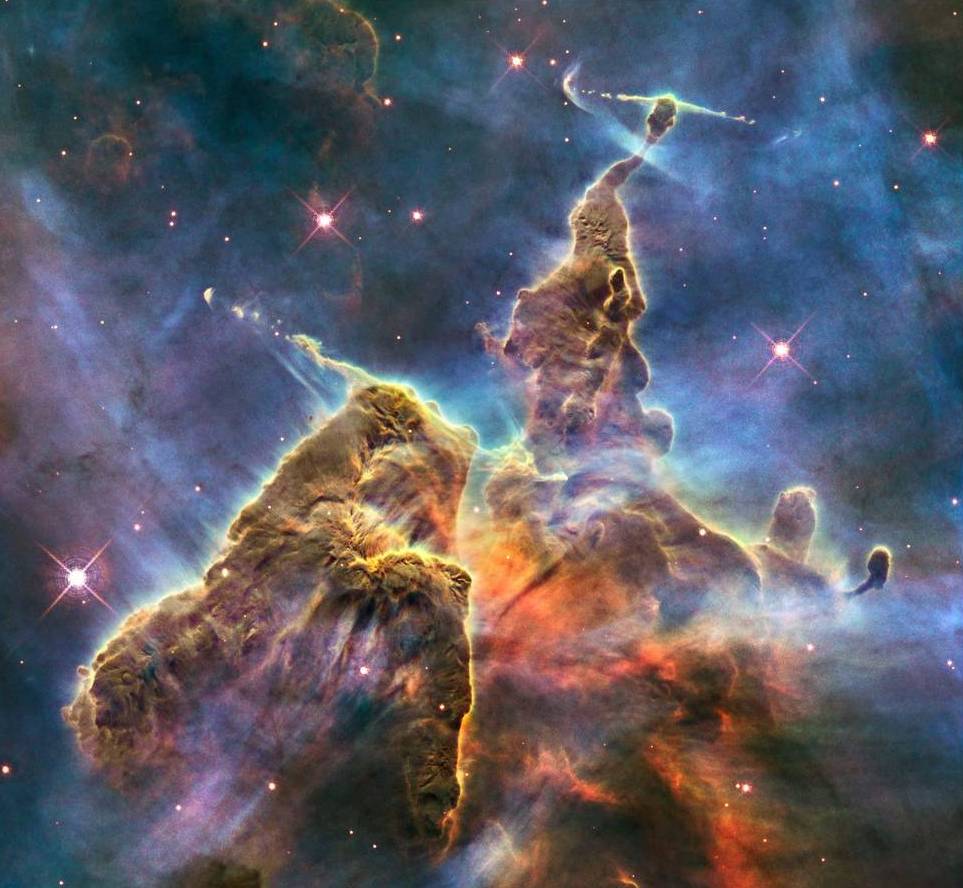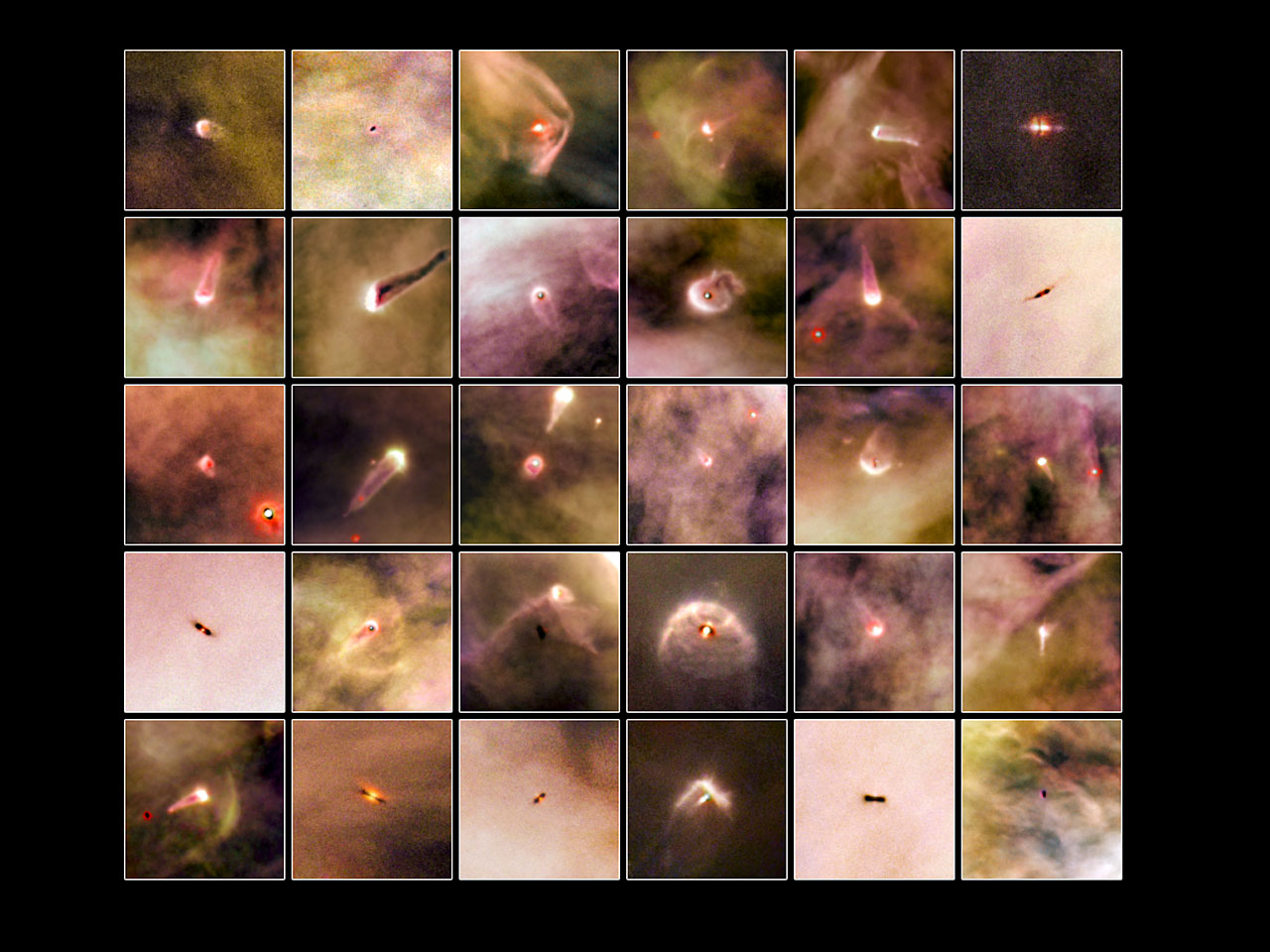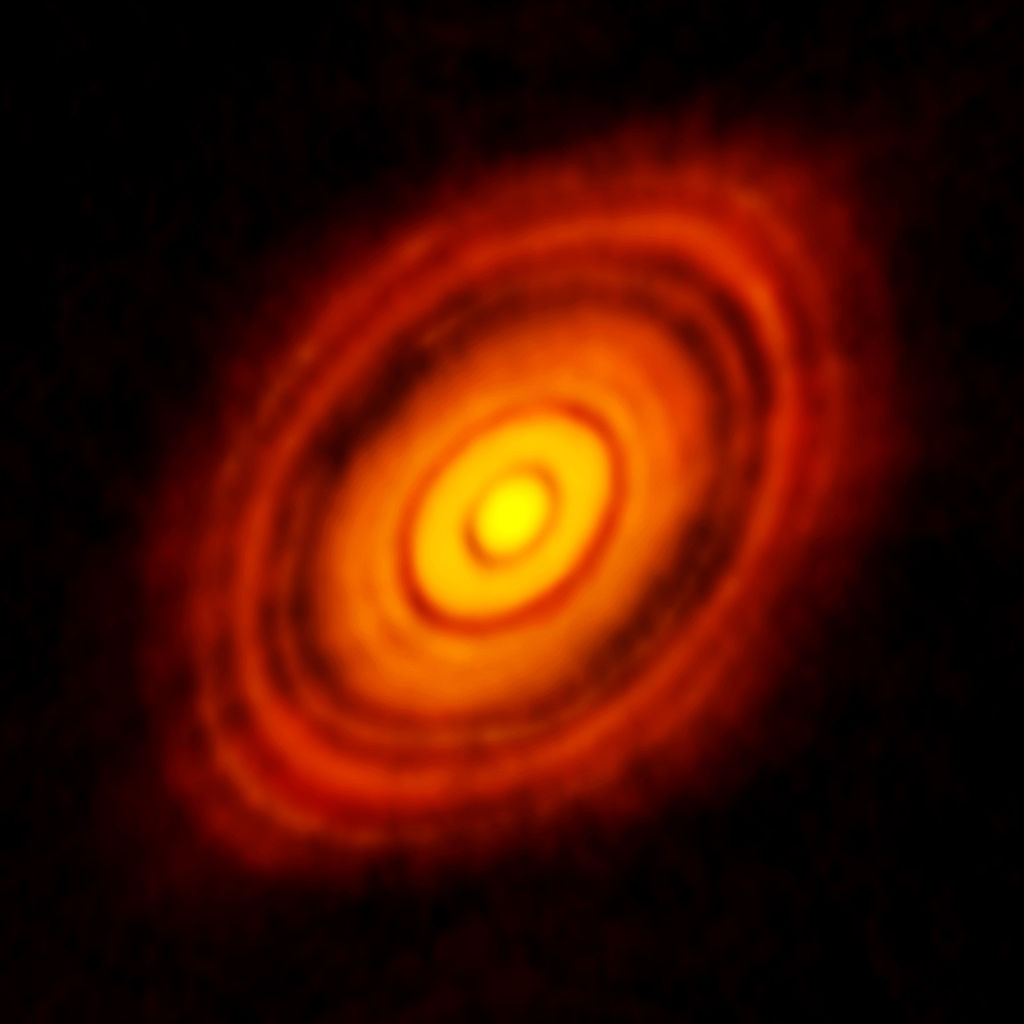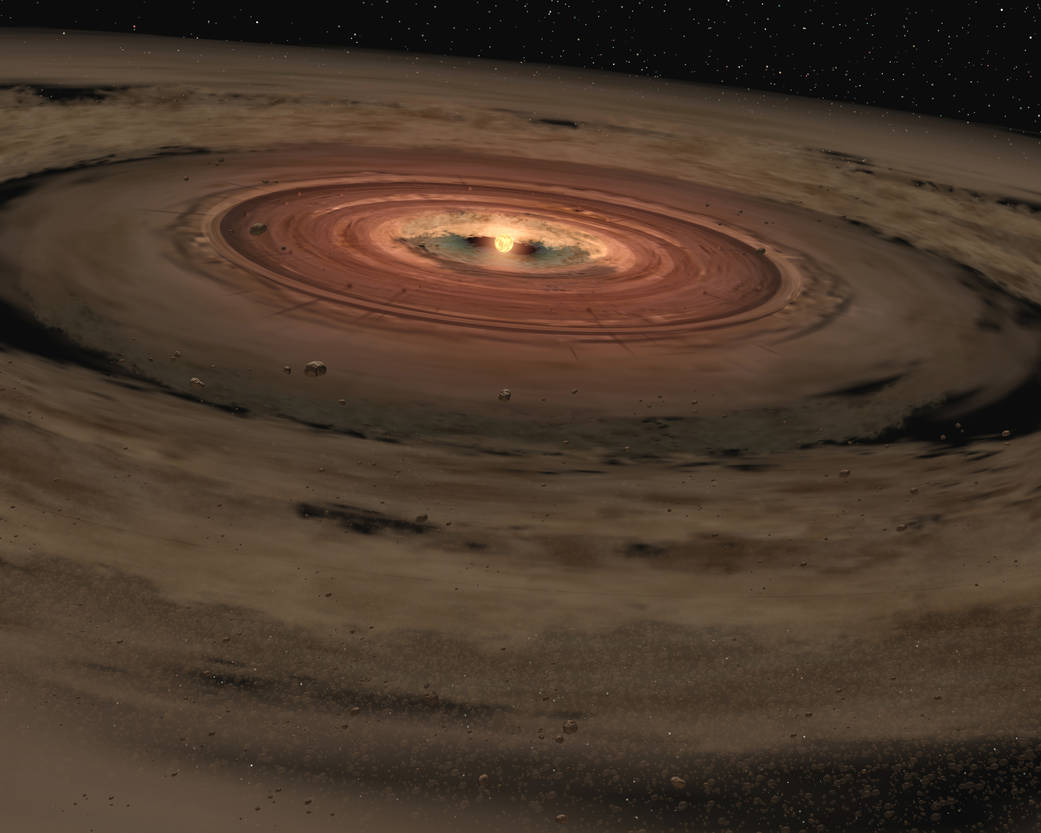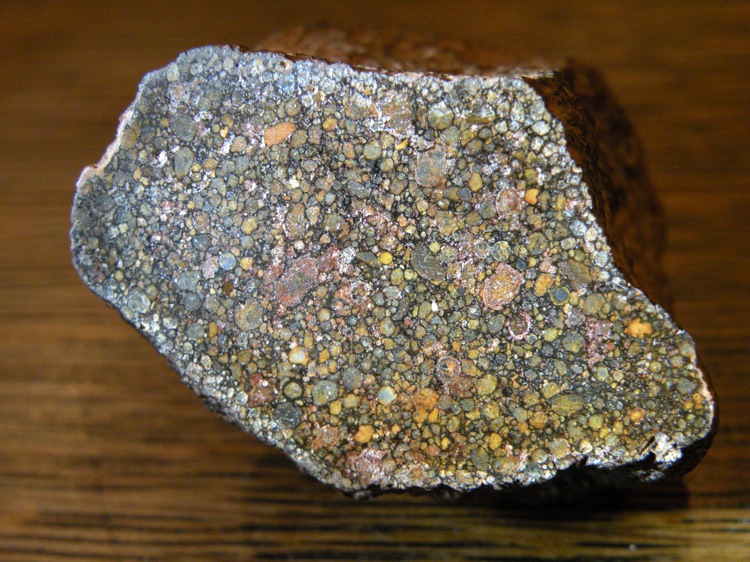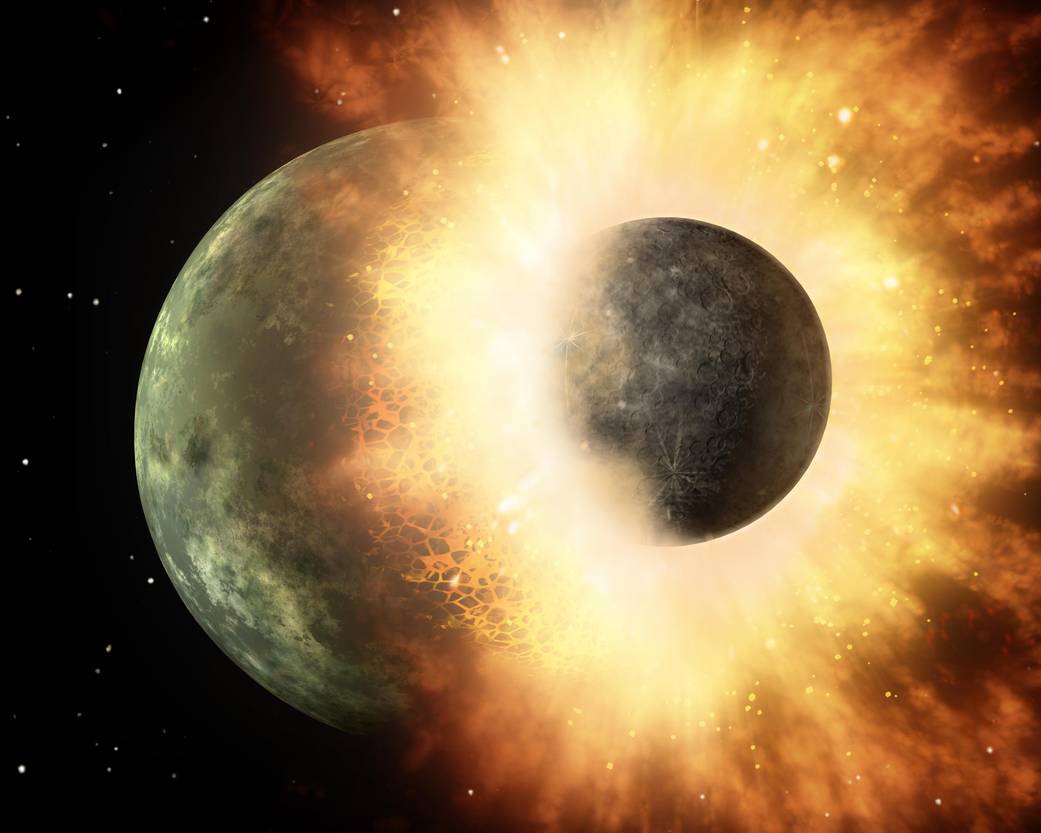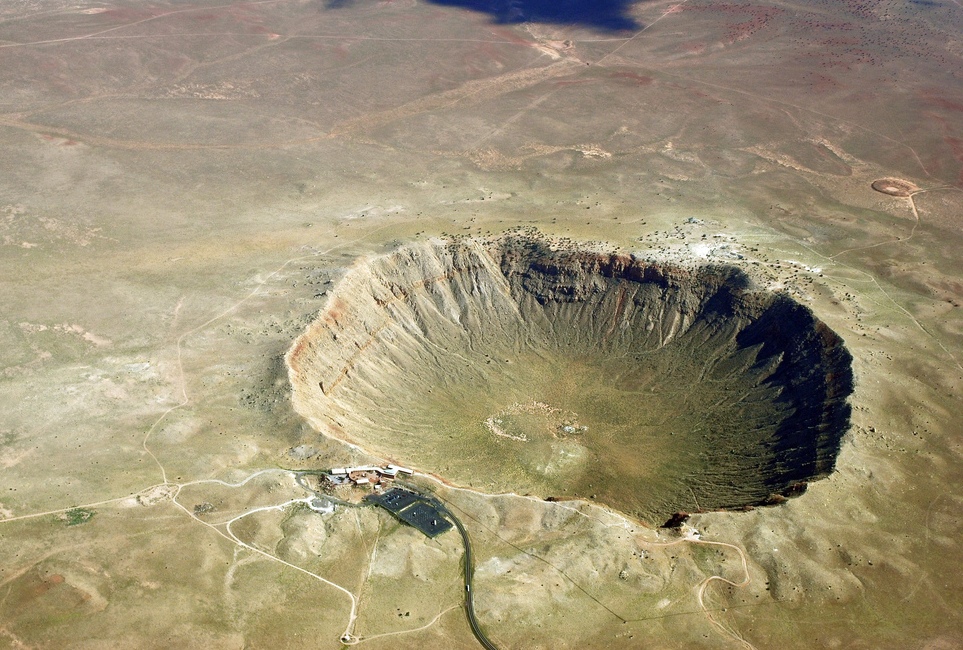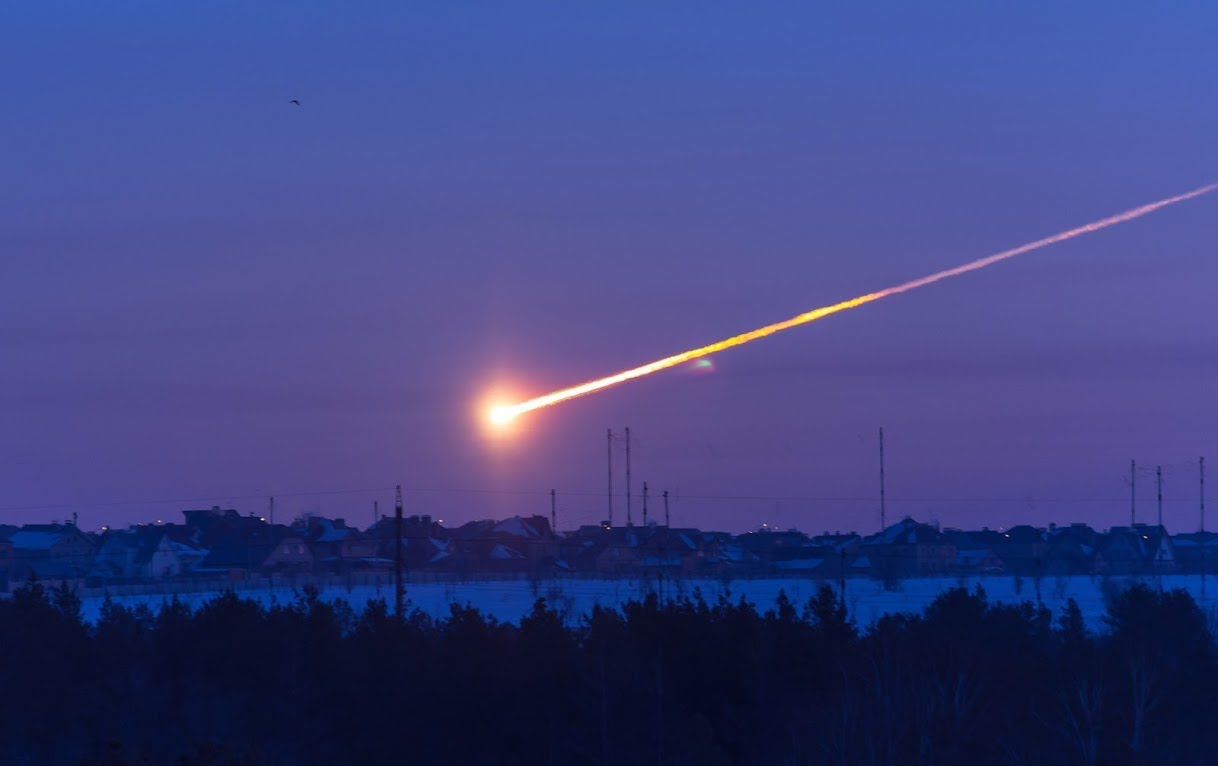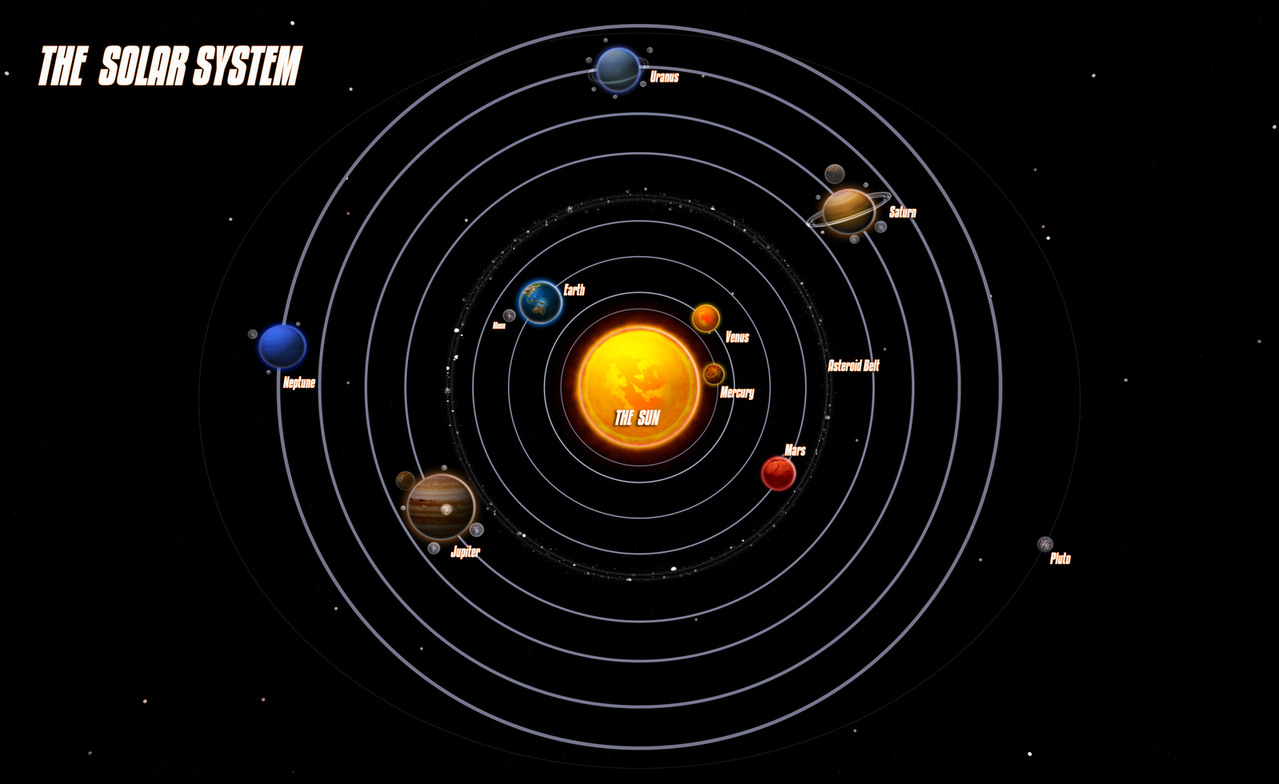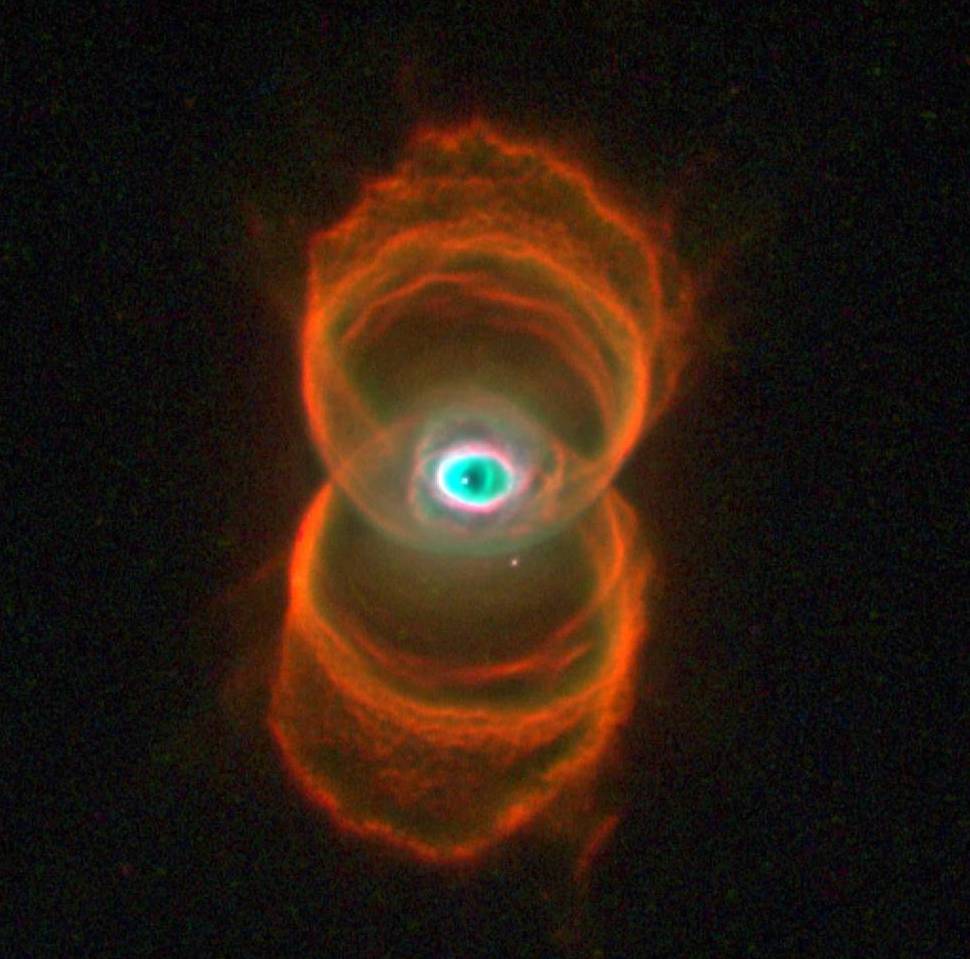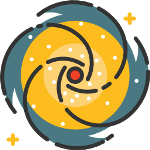How The Solar System Formed And Evolved!
From Gas To Life!
Astronomers believe that the solar system was formed about 4.6 billion years ago when a small part of a large gaseous nebula begun to collapse. Over 99.8% of the material condensed into the centre to form the Sun, while the remaining material formed a rotating protoplanetary disc. The material in the disk gradually coalesced into the planets, moons, asteroids, comets and other minor planets that we see today!
Interesting Facts About How The Solar System Formed!
The solar system we see today is a complex and dynamic place which is still evolving. Astronomers and other scientists have spent hundreds of years and we spend billions of dollars on space probes exploring it, to try to understand how it all works. So how exactly did it form and evolve?
It’s hard to say with 100% certainty, but scientists believe it formed as follows... Around 4.6 billion years ago, in a small corner of a gigantic cloud of stellar dust known as a nebular, something caused the dust cloud to begin to collapse. It’s possible that the shockwave from a nearby exploding star (supernova) triggered the collapse by creating density variations in the cloud. The supernova may have also ‘seeded’ the cloud with heavy elements (that we know are only formed in the centre of stars) that the planets, moons etc are made of (us humans included!).
The majority (over 99.8%) of the collapsing cloud of gas and dust, fell in on itself. Eventually, this mass of material became so massive, with such intense gravity and pressure, that the gaseous hydrogen atoms started to fuse together to form helium – known as nuclear fusion! This releases an enormous amount of heat and light; and so our Sun burst into life!
The remaining material created a rotating disk (around the new star), called a protoplanetary disk. This disk would also start to coalesce due to gravity, through a process called ‘accretion’. This is where small objects collide with big objects, to form bigger objects which collide with bigger objects and so on... Pretty quickly these irregularly shaped objects, hot from constant impacts, were in a race to gobble up all the material rotating around the young Sun!
These new growing objects (minor planets) would eventually become big enough to form differentiated spheres called planetesimals! With time these would combine to form planets or dwarf planets, some were even captured to become moons of planets (i.e. Triton)!
Within the inner solar system the rocky ‘terrestrial planets’ (Mercury, Venus, Earth and Mars), formed near the Sun. This is because any icy or gaseous material couldn’t survive close to the Sun as it was turned to gas and blown away by the solar wind of the newborn Sun.
Earth’s moon is believed to have formed from material blasted off from a large impact which hit Earth 4.5 billion years ago. It’s still not clear how this red-hot Earth, covered with lava and impact craters, gained its liquid water. One theory is it was delivered by thousands of icy comet impacts in the early history of the solar system.
The asteroids in the main Asteroid belt are believed to be the leftover ‘minor planets’ of this early formation phase that could never quite coalesce to form a planet, maybe due to the disruptive influence of Jupiter’s gravity. This is why scientists like to study meteorites (from the asteroid belt) and to send space probes to asteroids and comets to investigate them to learn more about the composition of the early solar system.
In the cooler region of the outer solar system, beyond the orbit of the main Asteroid belt, the icy and gaseous material coalesced and collected to form the gas giants (Jupiter and Saturn) and the ice giants (Uranus and Neptune).
Beyond the orbit of Neptune, there are leftover icy objects in regions called the Kuiper belt, Scattered disc and Oort Cloud. Astronomers are still discovering new objects in these regions, such as Eris (about the size of Pluto) and Makemake are quite big and are now considered dwarf planets. These discoveries cause us to reevaluate our theories of the solar system’s formation. However, it seems that these objects are too remote and isolated from each other, to have come together to form another planet.
These deep cold regions are the home of the periodic comets, so are likely remnant fossil objects from the beginning of the solar system which planetary scientist love to study to learn more about the formation of the solar system.
There are many finer details of the theory for the formation of the solar system which aren’t entirely understood, such as the migration of the outer planets and their effect on the sequence or unknown events. For example, it’s even suspected that a planet(s) in the outer solar system may have been expelled from the solar system! Or that there might be a yet to be discovered Planet X (Planet 9)!
